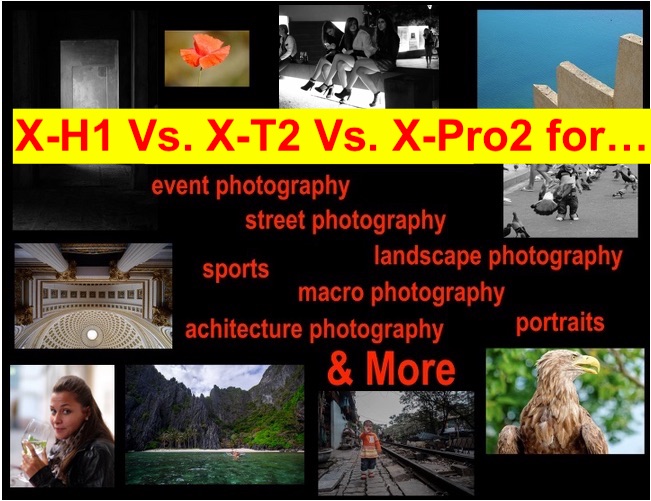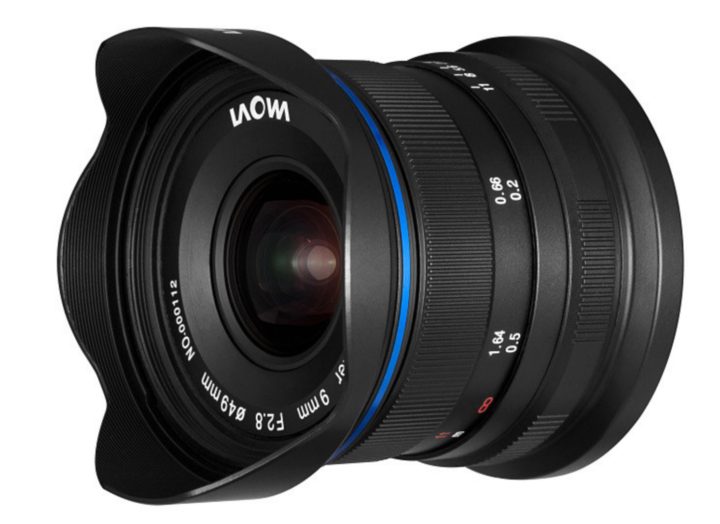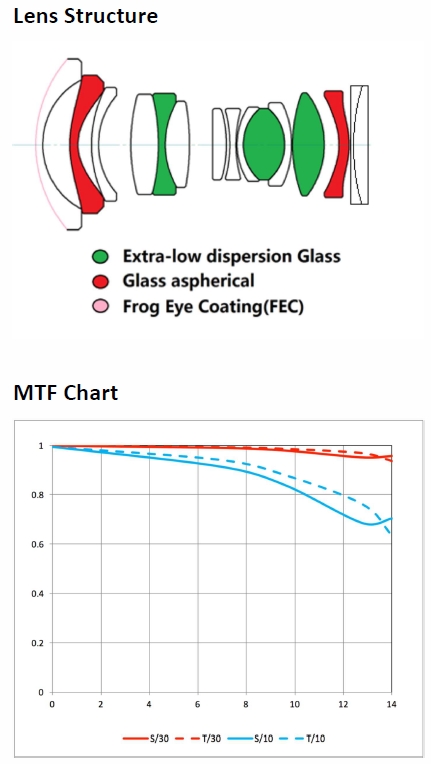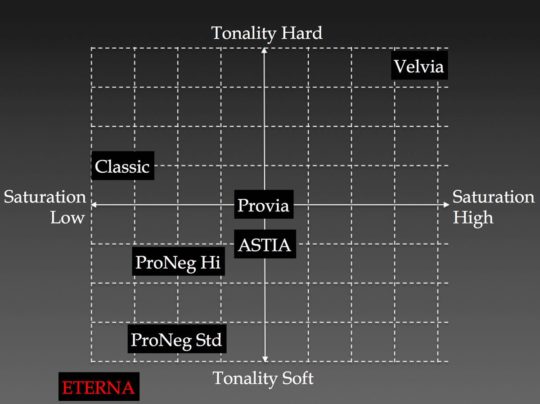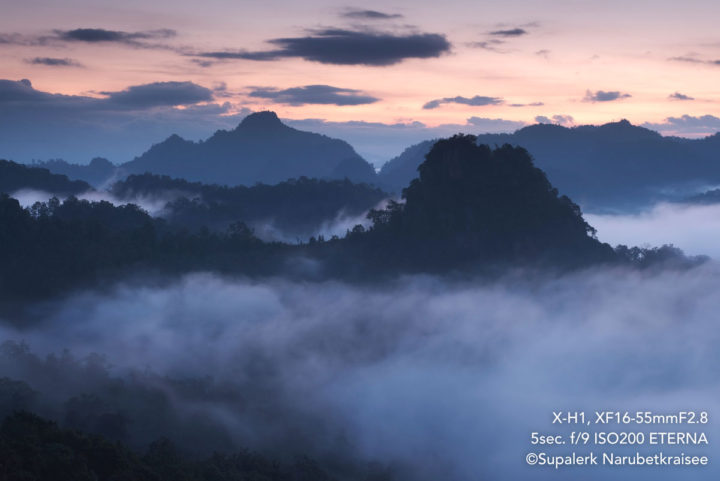Fujifilm X-H1 Development Story #6 – Autofocus Unlimited
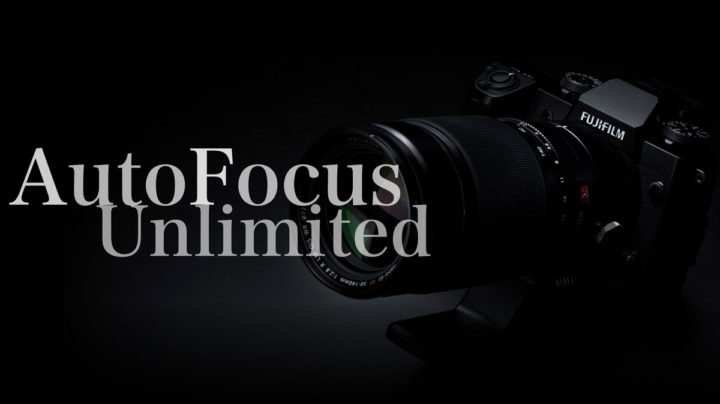
The 6th epsiode of the Fujifilm X-H1 development story is now online.
This time they explain us how the AF team at the R&D department was able to improve the autofocus even further and the secrets behind the new AF algorithm.
“The focus point is divided into 5 blocks: top left, top right, bottom left, bottom right, and center. Some parts of the central block are overlapped with other 4 areas. The focus point is usually at the center, but not always. This division of focus points prevents the undesired font or rear focus and increases the AF accuracy.
The 5 blocks are then split into 4 lines. Each area are now split into even smaller pieces to further improve the AF accuracy. With this split, the algorithm, it can detect focus point on the subjects with flat texture.

Now, let’s count the number of phase detection pixels in the area. The area is divided into 5 block and then split into 4 lines. The total number of phase detection pixels is 20,000. 20,000÷5÷4=1,000. There are total of 1,000 phase detection pixels within the AF frame. 1,000 pixels provides enough information, but how is it used?
The information of the 1,000 pixels are measured in horizontal comparison, vertical comparison, and square comparison.

There are two types of phase detection pixels, A and B. With the horizontal comparison, the focus point is detected by measuring the difference between A and B pixels horizontally. The difference can also be measured vertically with the on sensor phase detection of X-H1. This is called the vertical comparison. And then the camera is capable of measuring the difference between all of pixels A and B in the given area. This is called the square comparison.
The three types of comparison are processed simultaneously for X-H1. Previously, it was in the order of square, vertical and then horizontal. “We discovered that simultaneous processing provides information with higher accuracy,” the AF team commented.
[…] Previously, autofocus with the phase detection was only possible up to +0.5EV, but it can now work at -1EV. The phase detection AF is supported up to the aperture of F11. Previously, it was only up to F8. This means that the autofocus is more robust to the high frequency subject.
The good thing is, that it is all software based, so we can hope for the new autofocus system also on the X-T2 and other X-Trans III cameras.
And keep in mind, the top speed of the AF remains the same.
Many X-Photographers who have tested the X-H1 commented that “the AF is faster”. But the fastest AF speed has not changed [as reported here]. What’s been changed is the area that Phase detection AF can cover. The new algorithm helped the photographers to accurately capture the scene that they wanted to capture.
Read more at fujifilm-x
Fujifilm X-H1 – $150 Bundle Savings: BHphoto, AmazonUS, Adorama, Focuscamera
Follow FujiRumors on Facebook, RSS-feed, Instagram, Youtube and Twitter
Fujifilm X-H1 Coverage: X-H1 facebook group + X-H1 facebook Page
- X-H1 Development Story #1: The Re-inforced Frame
- X-H1 Development Story #2: Heat Dissipation, IBIS and Shutter Shock Reduction
- X-H1 Development Story #3: Weather Sealing and Super Coating
- X-H1 Development Story #4: Film Simulation ETERNA, or The Art of Omission
- X-H1 Development Story #5: Can ETERNA be Used for Still Photos?
- X-H1 Develompent Story #6: Autofocus


